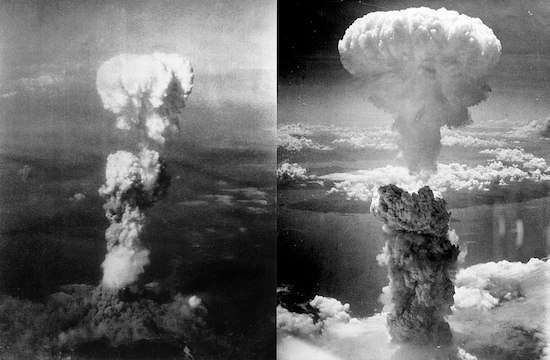We must speak out and call for action, to ensure that the horrific events witnessed in Hiroshima and Nagasaki are never repeated
BY: Chris McDonnell | United Kingdom

It was just after breakfast time on August 6, 1945 when a single B29 super fortress bomber plane of the US Air Force appeared in the clear blue sky above the Japanese city of Hiroshima.
It was about to unleash the most destructive weapon of war yet developed by mankind on the unsuspecting population going about their business in the streets below.
Piloted by Paul Tibbets, the B29 bore the name of his mother on its fuselage nosecone — Enola Gay. Its payload bomb known as Little Boy was the result of years of nuclear research in the United States under the code name of the Manhattan Project. It was the start of the Atomic Age.
In the middle of July the first experimental atomic weapon was detonated at the Alamogordo test range in New Mexico. It created a crater 300 metres in width. It was ironically given the code name “Trinity”. The scene was set for the first use of nuclear weapons in the theatre of war.
Preparations went ahead on the Pacific island of Tinian for the first attack, the city of Hiroshima, with a population well over a quarter of a million people, the designated target.
The bomb was released over the city at 8.15 am that Monday morning and exploded at an altitude of just under 2,000 feet.
The blast equivalent was estimated to be the equivalent of 13 kilotons of TNT, destroying an area of just under 5 square miles. It is likely that 90,000 people lost their lives…
